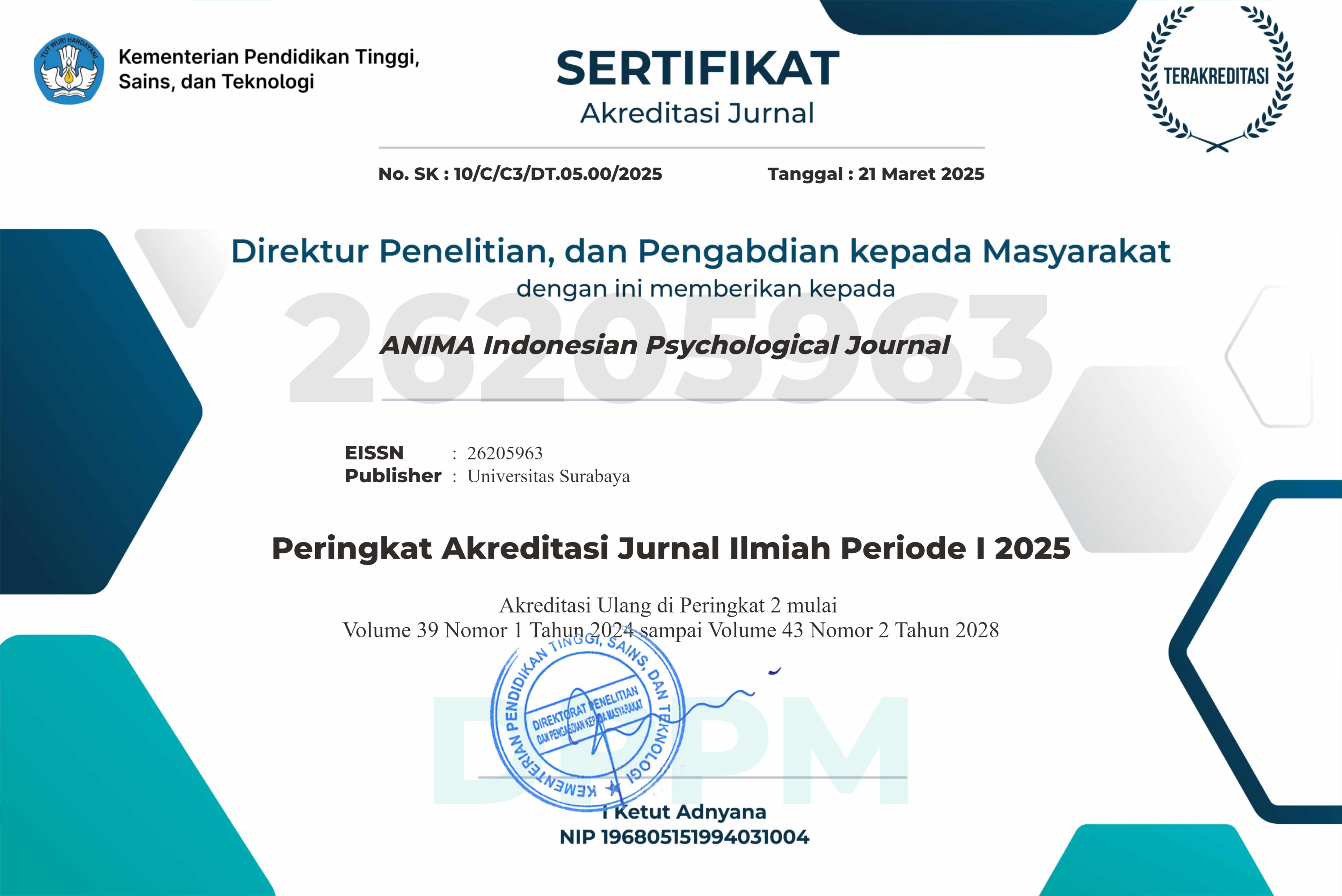A Model of the Commitment to Change in Higher Education
 Abstract Views:
395 times
Abstract Views:
395 times
 PDF - Full Text Downloads:
345 times
PDF - Full Text Downloads:
345 times
Abstract
The purpose of this study was to find out the correlation between the theoretical model of the organization’s capability contribution, participation, and the climate of change to the commit-ment to change. Subjects were Islamic University lecturers in Indonesia who experienced the organizational change. Findings reveal (a) the theoretical model designed in this study fitted the empirical data; (b) the determination coefficient (R2) of the commitment to change was 15.1%, which showed that 15.1% of the commitment to change can be explained or predicted through the organization’s capability, participation, the climate of change and the open-mindedness to changes variables; (c) the model was acceptable based on the fit model test with 60.785 chi-square value and .275 (> .05) probability, the CFI value was .997 (almost 1), and the RMSEA value was .022 (< .08). This study has found out the determining theoretical model of the commitment to change based on the organization’s capability, participation, the climate of change, and the open-mindedness to changes’ roles in establishing the commitment to change. The open-mindedness to changes as a mediator is significant, because without the mediator, the organization’s capability, participation, and the climate of change have no effects to the commitment to change.
Downloads

This work is licensed under a Creative Commons Attribution-NonCommercial-ShareAlike 4.0 International License.
Articles published in ANIMA are licensed under a Creative Commons Attribution-NonCommercial-ShareAlike 4.0 International license. You are free to copy, transform, or redistribute articles for any lawful, non-commercial purpose in any medium, provided you give appropriate credit to ANIMA and the original Author(s), link to the license, indicate if changes were made, and redistribute any derivative work under the same license.
Copyright on articles is retained by the respective Author(s), without restrictions. A non-exclusive license is granted to ANIMA to publish the article and identify itself as its original publisher, along with the commercial right to include the article in a hardcopy issue for sale to libraries and individuals.
By publishing in ANIMA, Author(s) grant any third party the right to use their article to the extent provided by the Creative Commons Attribution-NonCommercial-ShareAlike 4.0 International license.

 DOI:
DOI:



